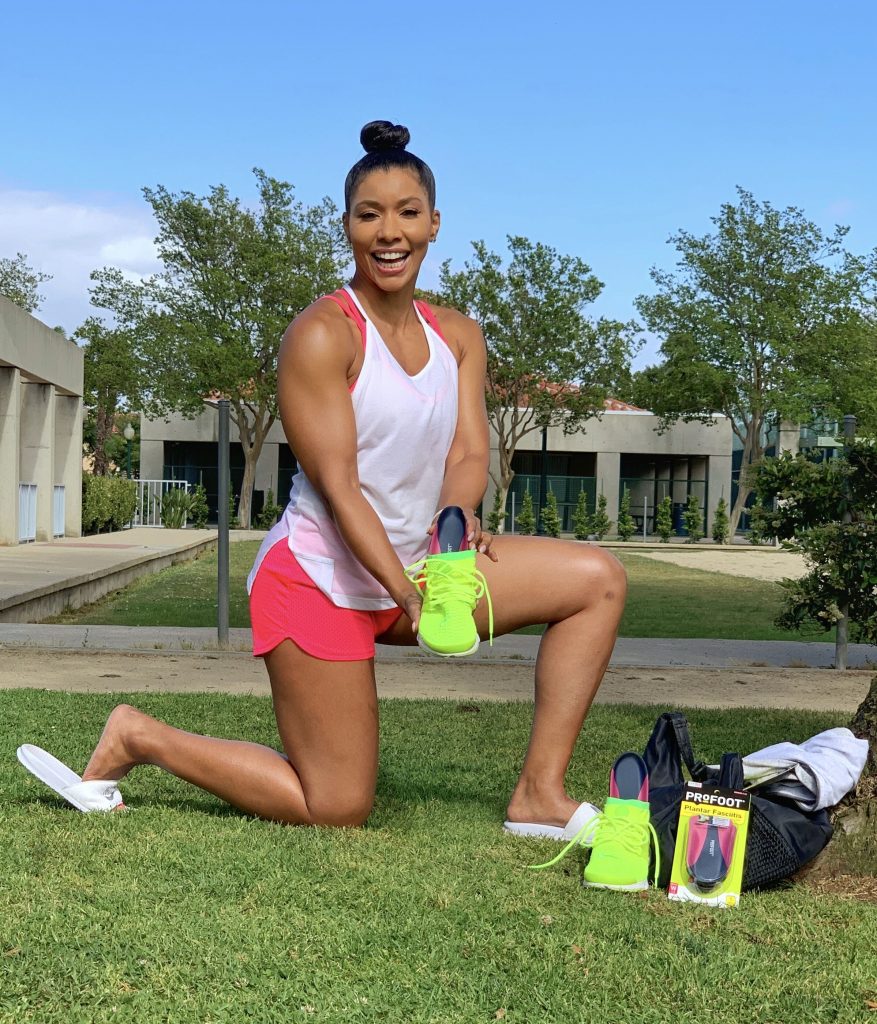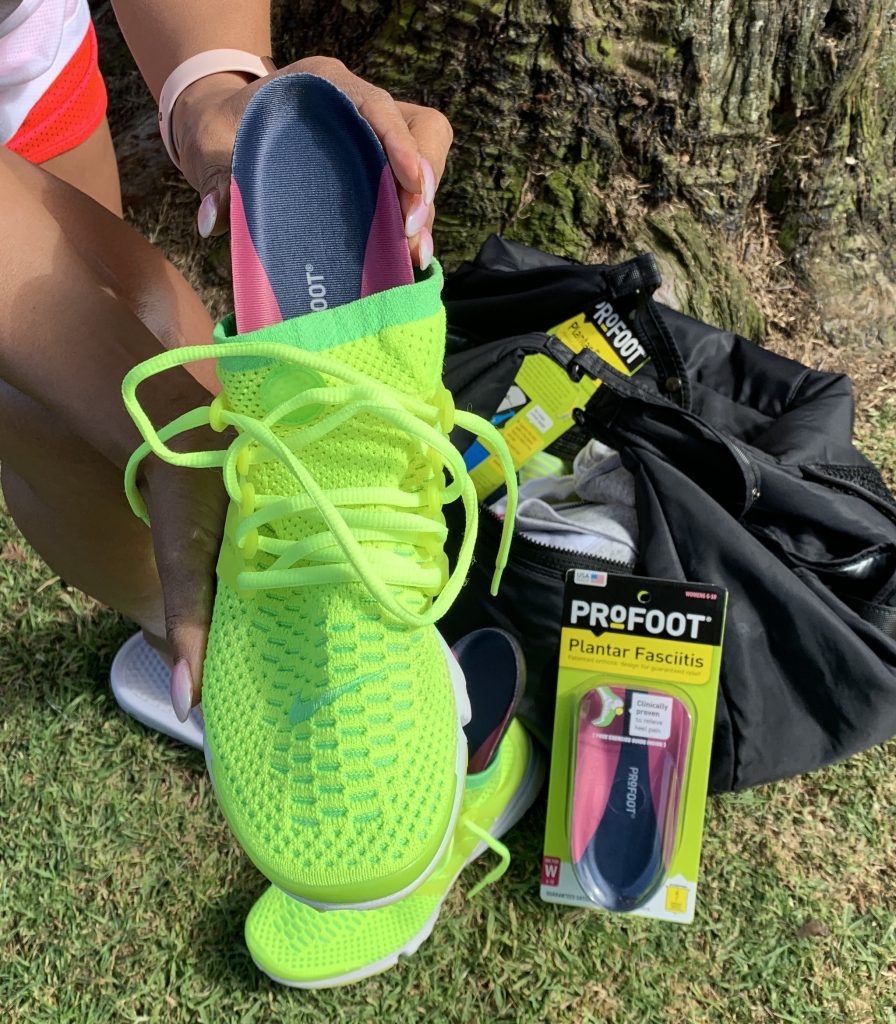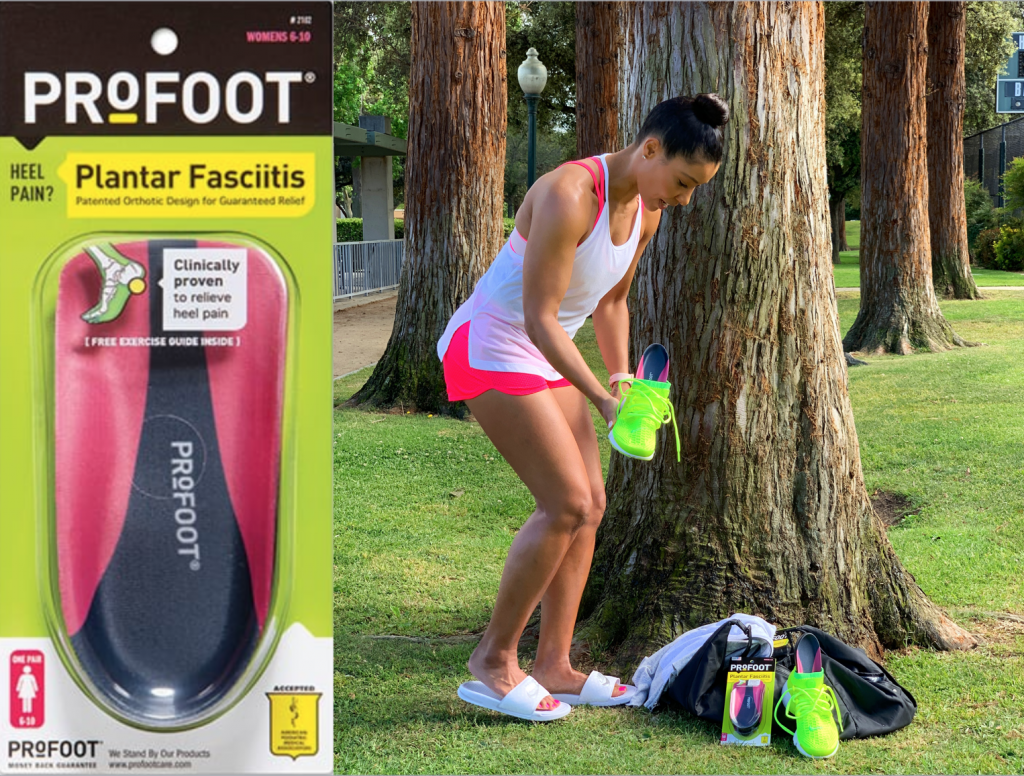“Train slow, move slow; train fast, move fast.”
I still say this to my athletes, staff and students with great frequency. Sometimes we get so caught up in the current trends, metrics, gauges, terminology, etc., that we (myself included) forget that some of the basic, tried and true principles still apply. Namely, the SAID Principle (specific adaptations to imposed demands).
To my knowledge, the SAID principle of training the human body and movement system hasn’t been disproven to date. In my opinion, we are just beginning to see how deeply this principle reaches, as well as how far carryover and general training effects go. Thus, since we are still operating under its theory, the specificity principle has massive and drastic implications to our training protocols. Not only does it mean that if you train strength you get stronger, if you train endurance you gain endurance, and if you stretch you get more flexible. We are seeing its application to specific planes and vectors of movement, rate of force development, kinetic sequencing, joint stability, rate of joint stability, speed of movement, acceleration and deceleration velocities, force transfer, timing, fascial line stretch and strain…to name a few.
There’s another part of the above saying that I like to add on as well: “Train slow, move slow; train fast, move fast…but if you can’t do it slow, you can’t do it fast.”
Makes sense, right? Wait a second, how do you train or complete a fast movement at a slow rate of speed? Can you sprint slow? And is that even logical?
In pedagogy or coaching theory, it’s called the “Whole-Piece-Whole Method.” Fundamentally, it means showing the whole movement or pattern to the client, then breaking it down into meaningful (meaningful to the client, that is) chunks or segments, working into some level of proficiency of that chunk, then putting it back into the whole movement pattern again. As related to planes, vectors and kinetic sequencing, this method becomes increasingly important.
Got it: the SAID Principle is still true and we need to break patterns down in strength training. So what possible limitations can a strength program have on the golf game based on these concepts? And what are the implications? Here are my top 5 reasons.
1. The strength program doesn’t address the planes of movement in the swing.
I am constantly amazed by the golf swing the more I learn about it. Frankly, the more I learn, the more I wonder how people hit that small ball at all (let alone with the distance and accuracy they accomplish the feat). I would have to say that the golf swing is one of the most amazingly complex movements I know of in any sporting movement. The body literally moves through not only every cardinal plane (sagittal, frontal and transverse), but pretty much every possible plane in between as well.
As such, if our training does not expose our clients to each of these planes (and variations thereof), there is a lower likelihood that the client will have any degree of mastery and competency moving with strength, speed, motor control and stability through the motions necessary in the golf swing.
Stability, strength, power and range of motion must be trained in all 3 planes
2. The strength program doesn’t deal with the range of motion and positions necessary to swing well.
It used to be said in the 80’s and 90’s that strength training wasn’t a good idea for athletes (in sports other than football), as it would decrease range of motion. Now, while we know this isn’t true and there has been sufficient empirical and research evidence to refute this claim, it is likely true that if we are not training strength, stability and power through the range of motion in which we desire to use it, we will not gain and maintain sufficient levels of any of these biomotor qualities through the desired ranges.
From a simple perspective, we are right back to the specificity principle and, well, the old’ adage “if you don’t use it, you lose it.” If the body is not regularly and effectively exposed to utilizing the range of motion AND positions desired, the ability to employ strategies to utilize those movements will have not gained sufficient neuromuscular efficiency to be used well or at high rates of speed necessary.
3. The strength program doesn’t deal with the tempo and time under tension component of movement and strength.
The strength program you implement may be only focused on strength training. At face value, what’s wrong with that? Everything gets better with strength. Maybe. Let’s take a look at that one for a moment. Powerlifters are the best in the business at lifting heavy weights. They are as strong as they come. Yet, when it comes to power and speed and, well, moving fast, are they still the best? Or would someone like a weightlifter/Olympic lifter, 100 meter sprinter, etc. best them?
My point? Speed of movement transfer and application must be dealt with. If our athletes are only moving heavy loads at slow speeds, we are making a large assumption that their bodies are going to be able to make the transfer of that biomotor ability into moving a very light object, namely a golf club weighing less than one pound (about .73 pound), at around 90 miles/hour (for recreational/amateur level). Can some make this jump? Perhaps, but the likelihood is not overwhelmingly high.
It is key, therefore, to progress tempos and time under tensions toward increasing rate of movement as well as the ability to absorb load, and transfer it effectively into elastic power and energy.
4. The strength program doesn’t deal with the power component and doesn’t progress it through all phases to make it golf available.
If the strength program is simply that, strength, we are missing a huge component of golf:velocity.
Not only is it important for the strength training program to deal with the tempo and speed of movement components, but the training regimen must train the body to move at high rates of speed. Fundamentally, the program should deal with the planes and force vectors in the swing generally and specifically, but should also include phasing in of power factors into the programming: non-countermovement, countermovement and stretch shortening cycle phases. Training through each of these phases not only allows power to be trained more safely for the recreation golfer and improve both movement patterns and postures, but also allows the body to improve in different power production factors; i.e. muscle contraction rate, elasticity response, and neuromuscular rate coding improvements.
5. The strength program adds strength to dysfunction.
Well known physical therapist Gray Cook once said that if you add strength to dysfunction, you strengthen the dysfunction. Sometimes in our efforts to keep it simple, we may oversimplify and just focus on getting our athletes stronger in hopes that everything will fall into line if we do so. Unfortunately, if we don’t deal with movement dysfuncunction (at worst) or lack of highly efficient movement (at best), we are either increasing the likelihood of our athletes getting injured (worst case) or taking away their ability to maximize movement efficiency and capacity to its fullest potential (best case). Either way, just getting stronger isn’t always the solution. The strength patterns must at least look good and fall into alignment with generally accepted technical and biomechanical guidelines for quality movement prior to layering them with strength.
The reality? Your program could be “missing” good or appropriate application of all of these variables and your client could still be making massive gains and crushing the ball.
The other reality? You could do all of these things at an extremely high level of planning and implementation and your client still struggles with aches and pains after a round and hasn’t yet put an extra 10 yards consistently on his/her drive.
What?!
Hey, some people smoke their whole life, never eat a vegetable and don’t do a lick of exercise and live to be 97 years old. It’s the mystery of the machine and complexity of humanity. There are no simple tricks and no guarantees the system works perfectly.
Human nature, art and science must all come together. Thus, we must constantly battle getting overconfident when our programs are working and clients are killing the ball as well, as not get overly discouraged when we are missing something and haven’t yet figured out why our clients are still struggling to add 10 yards to the drive. Keep looking, keep tweaking, keep assessing and measuring, keep addressing all the physiological needs, and remember there are usually 47 – 71 hours your clients are away from you when all the things you’ve built in 60 minutes can be undone.
Interested in learning more about golf and fitness? Become a NASM Golf Fitness Specialist (GFS) and do more for their performance!
The post Is Your Strength Program Hurting Your Client’s Golf Game? appeared first on NASM Blog.
Is Your Strength Program Hurting Your Client’s Golf Game? posted first on
http://blog.nasm.org



